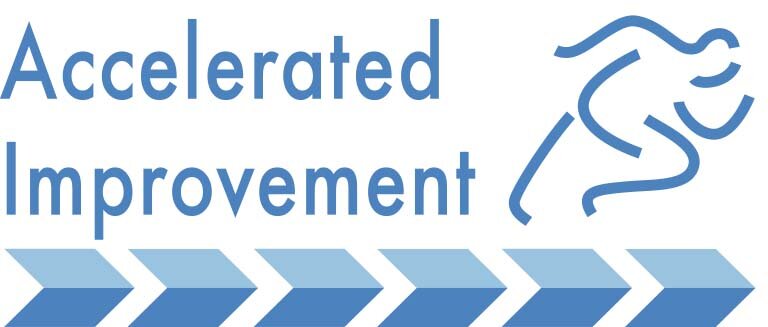Safety Impact of Rapid Mass Engagement Process
A senior leader in an upper tier COHAH site sent me his answer to my question “did you see any tangible safety impact of the Rapid Mass Engagement Process?
"As a senior manager responsible for the health and safety of all site personnel, in an upper tier COMAH site, my major concern was with managing the risks associated with low likelihood, high consequence events. An upper tier COMAH site is considered as one of the sites with the highest risk of a major incident occurring in the UK. As such an event, should it occur, would also likely have a significant offsite health and safety impact, either through fatalities or serious health issues, and given the close proximity of the local community, these concerns were even more prominent in my daily thoughts. The more technical aspects of COMAH risk management across the operations were very well managed, with high confidence levels in place. However, when it came to the human element, this was an area where less confidence existed; not because of the competence of the people, but because of the complexity of the operational process and the potential for something of significance to go unnoticed, or unspoken, leading to an unwanted sequence of events.
One of the undoubted benefits of RME is in the area of providing a ‘safer' environment for people to raise concerns or simply ask questions of their seniors, meaning both in terms of organisational hierarchy or simply job experience. Additionally, if the workload was becoming excessively intense and it was believed that the risk of early indicators of a major incident being missed was increasing, both employee empowerment and managerial listening that were outcomes of the RME programme were critical additional layers of protection. It is impossible to quantify how many major incidents were prevented through the improvements in psychological safety associated with the RME programme, and it is entirely possible that it was zero given the other preventative measures in place. However, the strong emphasis being applied to the human factors risk by the UK Health and Safety Executive highlights this as an area seen as a potential weakness in terms of COMAH risk. I am convinced that we were better protected because of the RME programme, as the associated improvement in the psychological safety environment undoubtedly increases the chance of undesired incident initiators being identified, thereby lowering the risk of a COMAH event.”
